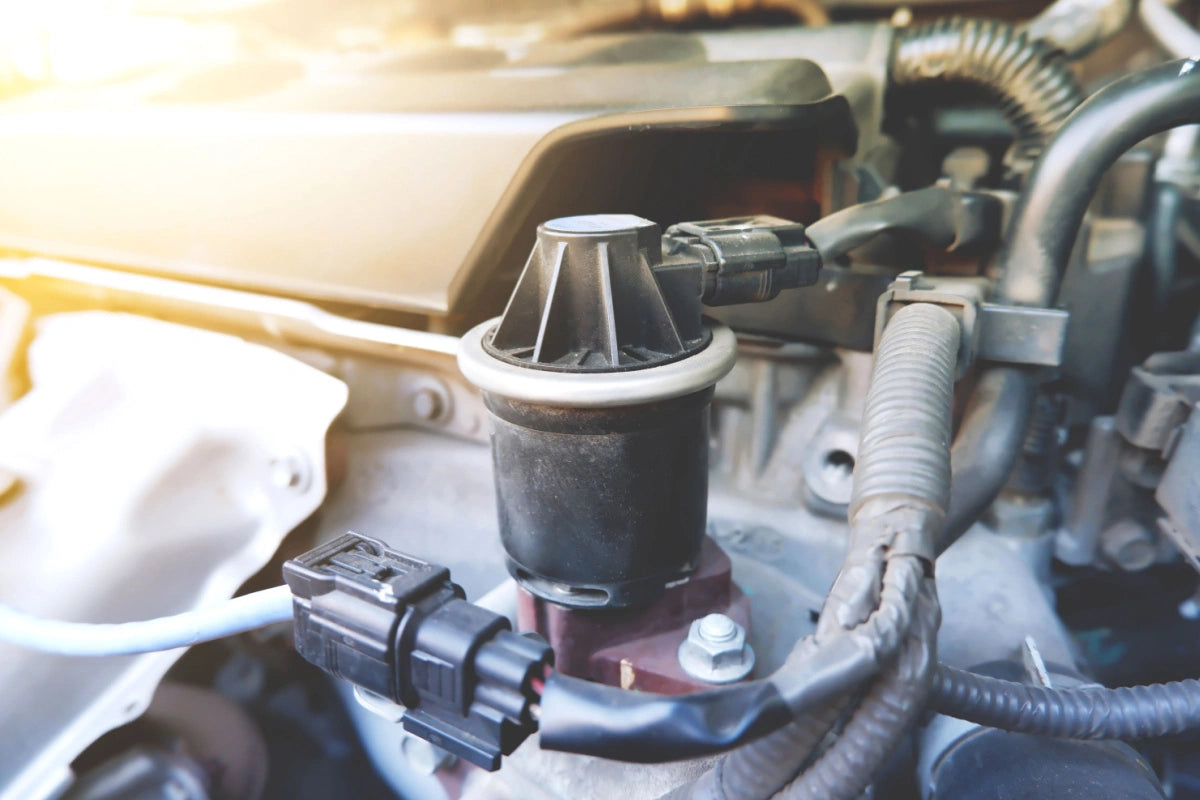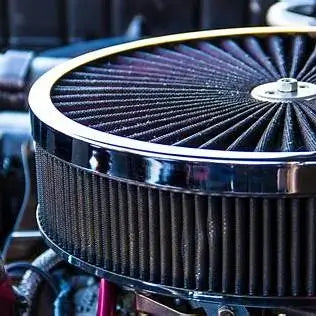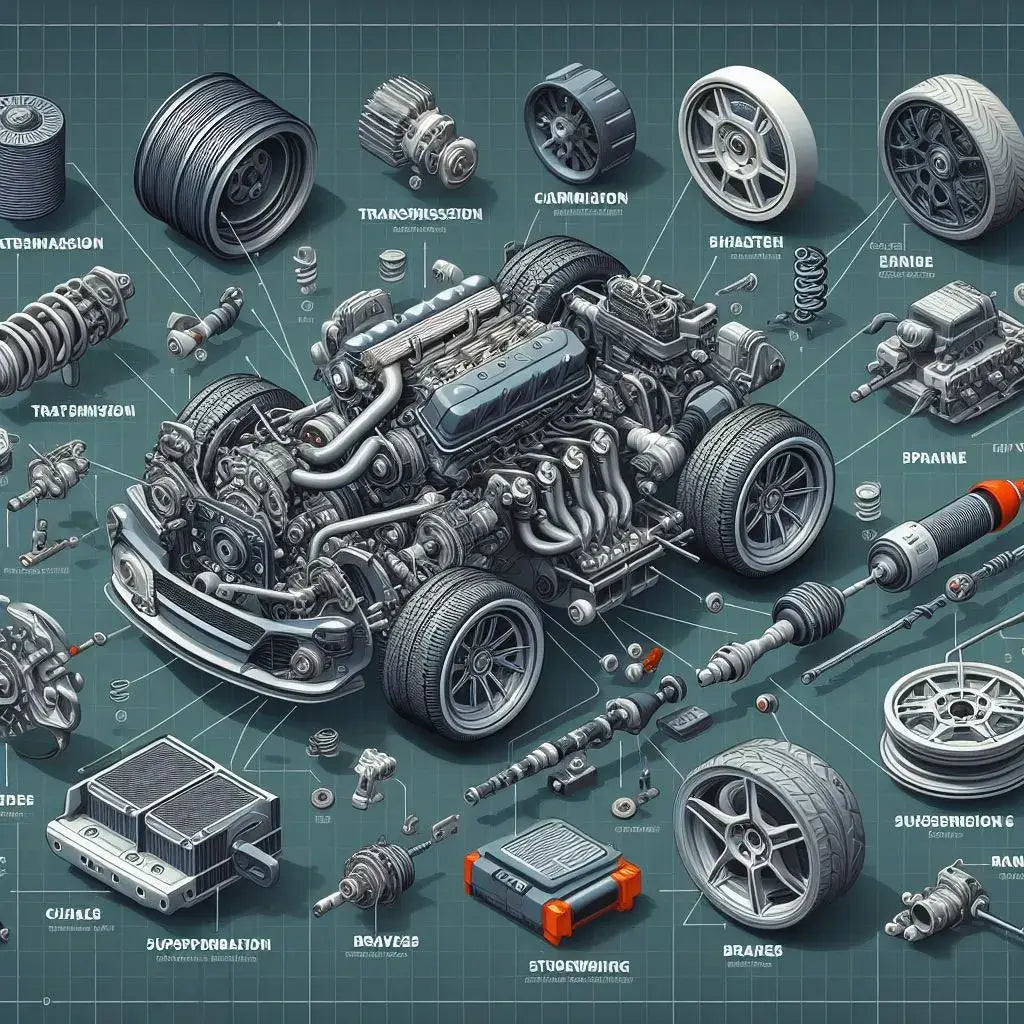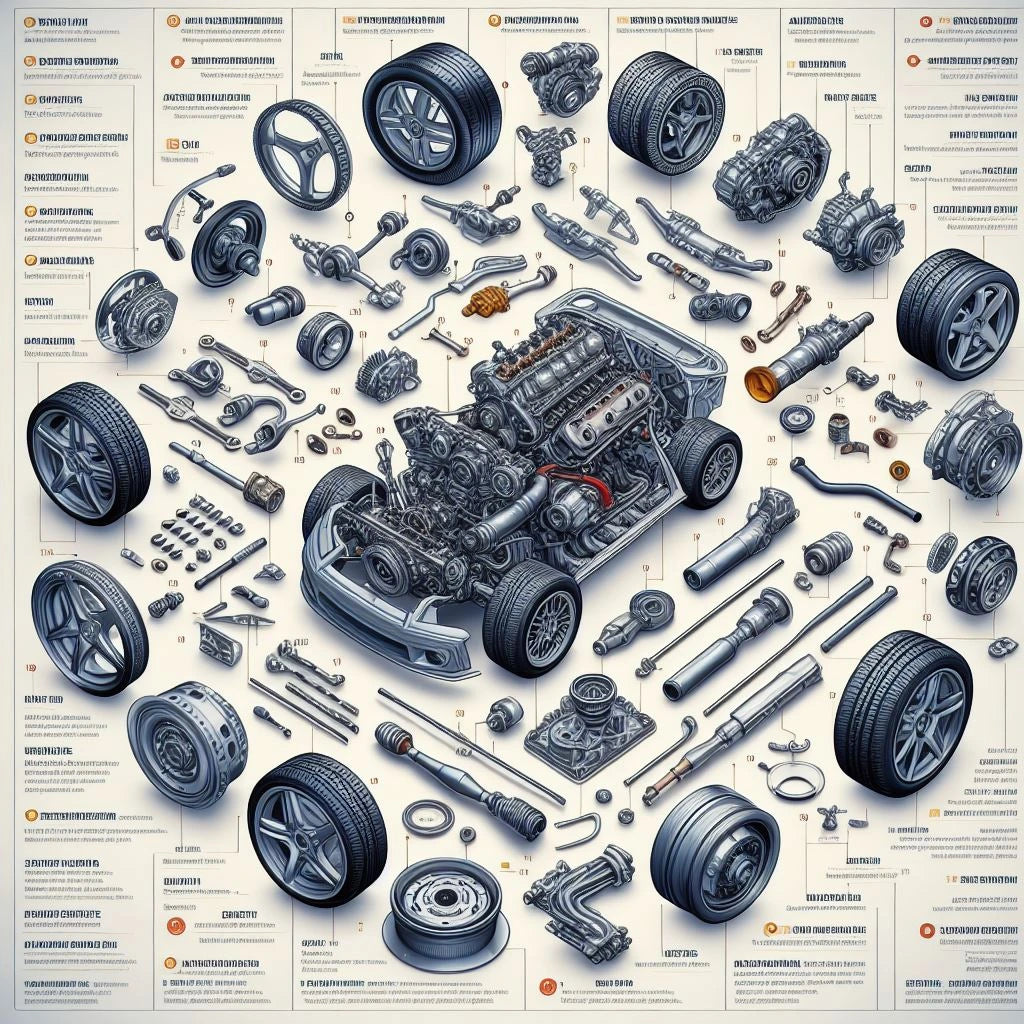
EGR Valve Removal: Why and How?
Strict European anti-pollution standards have required the installation of EGR (Exhaust Gas Recirculation) valves on diesel vehicles. But why consider banning this EGR valve , and what are its benefits? Let's start by understanding how this component works and its crucial role in reducing toxic emissions.
What is the EGR valve used for?
The EGR valve is designed to reduce harmful emissions by redirecting some of the exhaust gases back into the engine intake, where they are burned a second time. When a diesel engine is operating at low revs or idling, some of the exhaust gases remain partially burned, leading to excessive nitrogen oxide and particulate matter emissions. To address this, car manufacturers have integrated the EGR valve, which recycles between 5% and 35% of the exhaust gases, depending on the engine type.

Symptoms of a Failed EGR Valve
Over time, the EGR valve can cause problems, including the gradual clogging of the intake system. A clogged valve can lead to increased emissions or even engine damage. This is where EGR valve removal comes in.
- Loss of power: Your vehicle may lack responsiveness, especially at low revs. This is due to a clogged EGR valve, which restricts the flow of clean air to the engine.
- Rough Idle: Rough or jerky idling may indicate that the EGR valve is stuck open or closed.
- Excessive Smoke: If you notice excessive black or blue smoke coming from the exhaust, it may be due to poor combustion caused by a faulty EGR valve.
- Increased Fuel Consumption: A faulty EGR valve can lead to inefficient combustion, thus increasing fuel consumption.
- Engine Light On: One of the most obvious symptoms is the illuminated engine light on your dashboard, often accompanied by specific error codes related to the EGR system.
- Unburned Fuel Smell: A strong smell of unburned fuel from the exhaust can also be a sign of a faulty EGR valve.
EGR Removal: The Benefits
EGR valve removal kits or circuit blocker plates offer several benefits. By eliminating the EGR valve, combustion is accelerated, improving engine efficiency and reducing fuel consumption. Additionally, by eliminating exhaust gas recirculation, the engine runs on fresh air and clean fuel, preventing fouling of the intake system.
Managing Implications for Post-2003 Vehicles
It is important to note that on vehicles manufactured after 2003, removing the EGR valve may cause an engine warning light to illuminate. In this case, engine reprogramming is required to electronically disable the valve's operation.
EGR valve: limit its operation while preserving the health of your engine
For those wishing to maintain some functionality of the EGR valve while reducing its impact, perforated plates can be installed to restrict gas flow, thus preventing excessive fouling while maintaining some compliance with regulations.
Conclusion
In conclusion,removing the EGR valve offers an effective solution to improve the performance and durability of your engine. However, it's important to remember that these modifications are intended for competition use and are illegal to use on public roads.





